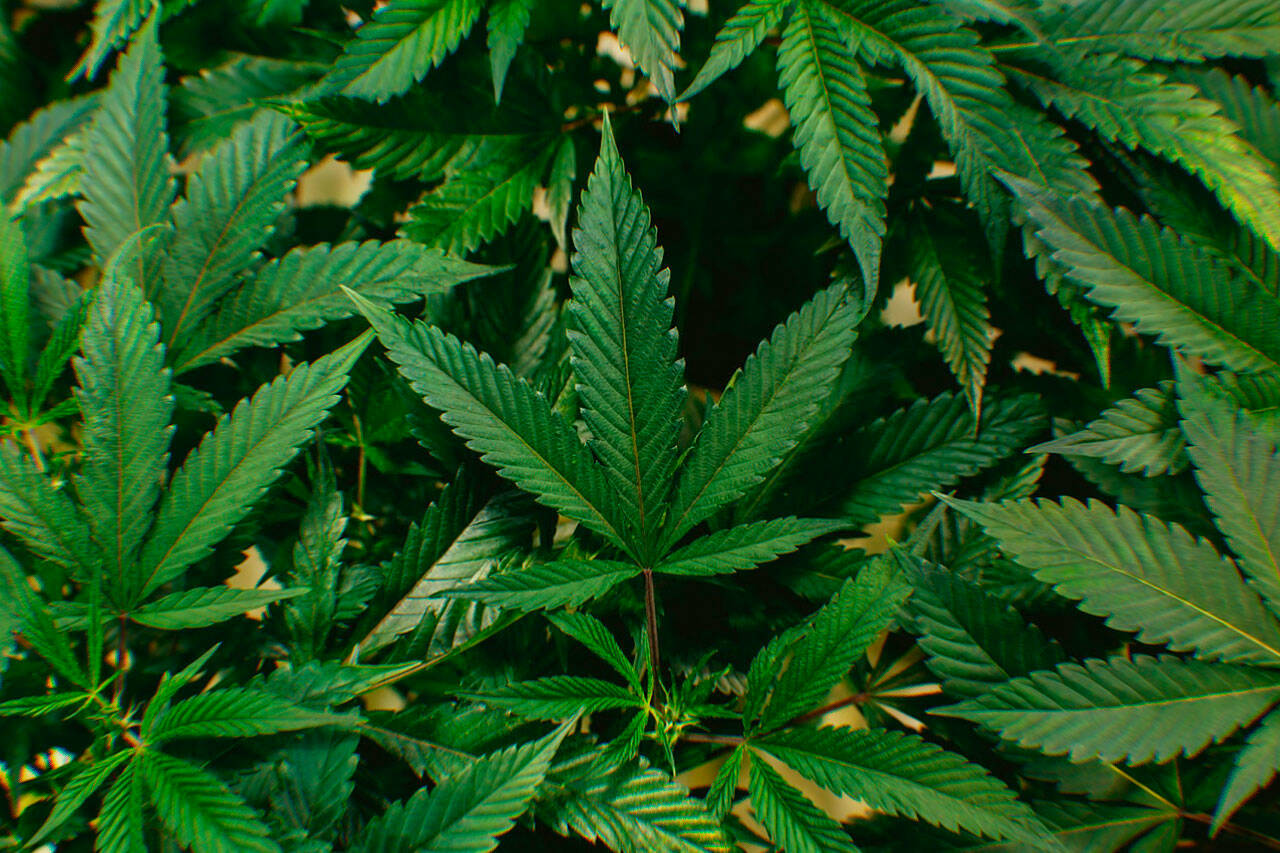"It didn't treat me, but it gave me the chance to get the rest I required to recover, and I was able to work at a much higher level than with the painkillers, which made me wake up foggy every day," he said. "With cannabis, I can consume it at night and get up with a clear head."Cannabis is a particularly efficient treatment for individuals who require assist with pain management, in addition to those with sleep disorders or anxiety; nevertheless, "there are hundreds of conditions that it deals with," Rinella stated.
Medical decisions ought to not be made based on advertising. Speak with a physician on the advantages and risks of particular medical cannabis items.
The results of an online study, consisting of 95 individuals, featured in the Journal of Option and Complementary Medicine in 2014. The scientists found that individuals preferred indica pressures for discomfort management, sedation, and sleep while they would go with sativa pressures to improve energy and mood. Concerning discomfort management, participants reported a statistically substantial impact when utilizing indica for: It is, nevertheless, crucial to note that this research study had a number of limitations.
Participants did not use the cannabis in a controlled setting, potentially leading to distinctions in drug structure, dose, and strength. Another research study taken a look at making use of naturally grown sativa and indica stress in the treatment of numerous medical conditions. Just over Discover more here half of the individuals were using marijuana to deal with HIV.

The outcomes indicated that indica strains are more most likely to improve energy and cravings, while both sativa and indica stress can minimize nausea to a similar degree. Check out here Cannabis includes compounds that may ease discomfort, queasiness, and other symptoms. The elements of cannabis that the majority of research studies concentrate on for pain relief are cannabidiol (CBD) and tetrahydrocannabinol (THC).
CBDTHC looks like the cannabinoid chemicals that take place naturally in the body. When people ingest or breathe in THC, it the brain's cannabinoid receptors. This activates the brain's reward system and minimizes pain levels. THC is a psychedelic compound as it binds to cannabinoid receptors and produces a raised frame of mind, referred to as a high.